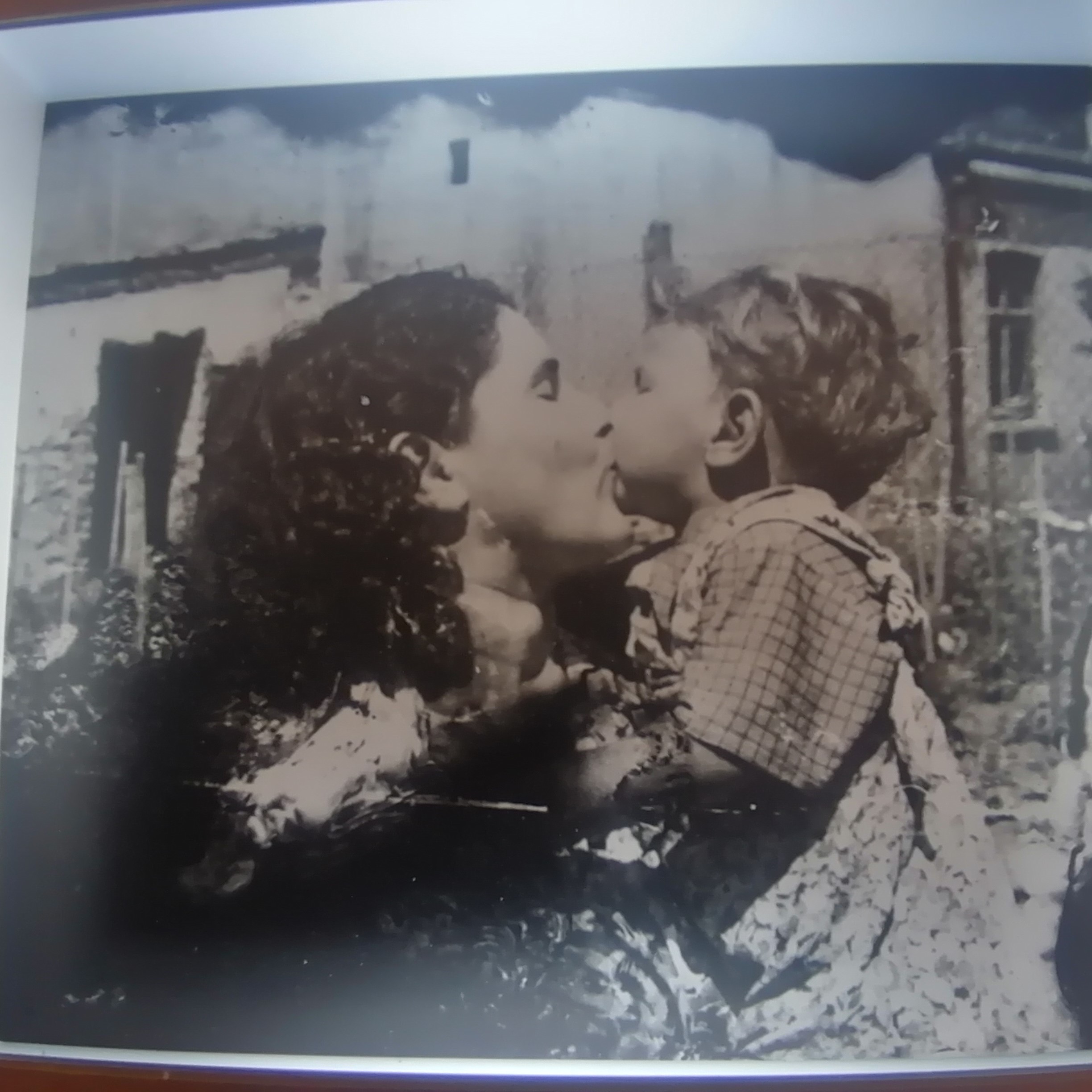click to dowload our latest edition
CLICK HERE TO SUBSCRIBE TO OUR NEWSLETTER


Published
4 years agoon
By
adminMIRAH LANGER
11 February 1944
‘’I’m just a little creature that can hardly be seen through the microscope. I, a poor Jewish girl from the ghetto, I who don’t know what will happen to me tomorrow … I’m laughing at the entire world because I have a support, a great support: my faith, because I believe!”
17 February 1944
“It hurts so much. (For them, we are not humans, just machines) Oh pain! But I’m glad that I can “feel” that it hurts because at long as its hurts, I’m a human being. G-d! Thank you for your kindness towards us.”
12 April 1944
“We look at this wonderful world, this beautiful spring, and at the same time we see ourselves in the ghetto deprived of everything. Oh G-d, how much longer?”
These are brief extracts from the diary of Rywka Lipszyc, a young Jewish girl who was imprisoned in the Łódź Ghetto, aged just 14.
The diary resurfaced in 2016, and became the inspiration behind an international exhibition currently on show at the Johannesburg Holocaust & Genocide Centre.
The director of the Galicia Jewish Museum, Jakub Nowakowski, who was one of the curators of the exhibition, spoke to the SA Jewish Report about its genesis.
Nowakowski says the diary was discovered in the ruins of a crematorium at Auschwitz by one of the Soviet military doctors that were involved in the liberation of the camp in 1945.
Unable to read Polish, the doctor nevertheless realised the preciousness of the notebook, and kept it. It was decades later that the doctor’s granddaughter contacted a Jewish organisation in San Francisco about the diary, that by now was in her possession.
In the diary, Rywka stated her name as well as those of others in her family. From this, researchers began “putting together the story of Rywka Lipszyc, piece by piece”.
Her existence was soon confirmed. “She was the daughter of a very Orthodox Jewish family.” The diary begins on 3 October 1943, and details her experiences after being taken to the Łódź Ghetto. Yet her story has no clear conclusion, with her last entry on 12 April 1944, ending “in the middle of the sentence. The sentence is broken.”
As fragmented as the diary’s end, so too is any definite conclusion about what happened to Rywka or how the diary ended up at the Auschwitz crematorium by 1945. Through the testimony of Rywka’s cousins which was found at Yad Vashem, it was determined that she landed up in Bergen-Belsen. While she survived to experience liberation, she was terribly ill at this point. There are conflicting reports about what happened to her after this.
“Her fate remains unknown,” notes Nowakowski with pathos.
Yet, what is known is the story of her life. Her diary serves as a profound and rare window into aspects of the Holocaust about which we know little – especially because it isn’t the testimony of a survivor but someone who it seems most likely didn’t survive.
Moreover, her position in society offers an unusual viewpoint. “First of all, if you read the diary, you’ll quickly realise that Rywka is at the very end of the food chain; she is the tiniest cell in the big body of the ghetto. She’s just trying to react to the things that are falling apart. There’s nothing of the war in a political sense. It’s a very intimate story of one single girl trying to survive in a world she doesn’t understand.”
Furthermore, says Nowakowski, there are very few testimonies of Orthodox Jews, especially Orthodox women, as so few survived. “Rywka was very religious, and that’s unique.”
Because Rywka was so religious, she interacted little with men. Thus, as part of the exhibition design, the focus is on the world of women. Commentaries on Rywka’s story in the exhibition, whether they are made by doctors, psychologists, or rabbis, “all of them are female to keep Rywka in her female world”.
Furthermore, because there are no known photographs of Rywka, for the visual aspect of the exhibition, the curators decided to use the space to honour all those who remain unknown. “We chose photographs [from the Łódź Ghetto] where we couldn’t find the names of the subjects. This is a tribute to all those people lost.”
He says the photographs chosen have real poignancy as they were photographs taken by Jewish photographers of other Jews. They are portraits not of the dehumanised victims of the Nazis, but people still “smiling, holding onto each other, trying to hold onto those last fragments of human dignity”.
Diaries like Rywka’s are invaluable first-hand artefacts of the war. “These are like bottles with a letter thrown into the ocean of time that we discover today. This is the unedited point of view of a single person that otherwise is gone.”
Nowakowski suggests that Rywka’s perspective is particularly moving in how she ultimately engages in a never-ending, agonising debate about faith during the Holocaust.
“People ask, ‘Where was G-d?’ I think, for Rywka, G-d was there with her … within her … all the time.”
